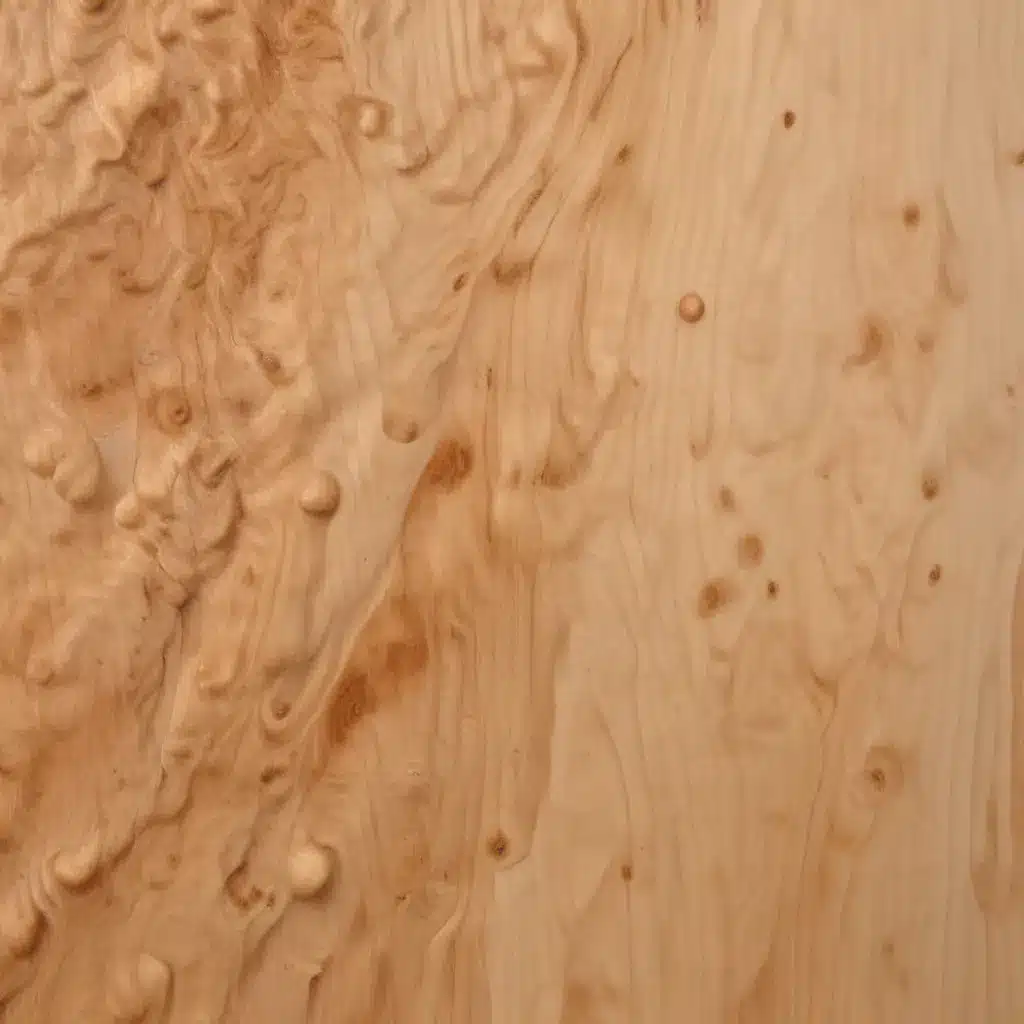
As an experienced woodworker and craftsman, I’ve learned that the key to creating stunning, long-lasting projects lies in the finishing process. Whether you’re building custom furniture, refinishing an antique, or crafting a one-of-a-kind piece, the right woodworking finishes can truly elevate your work and transform it into a true work of art.
Mastering the Art of Wood Finishing
Achieving a professional-grade finish is not just about selecting the right products – it’s a delicate balance of skill, technique, and patience. Over the years, I’ve experimented with a vast array of finishing materials, from traditional lacquers and varnishes to modern water-based acrylics and polyurethanes. Each has its own unique properties, advantages, and challenges, and mastering their application is crucial for unlocking the full potential of your woodworking projects.
One of the most common challenges I’ve encountered is finding the right color match for a specific piece. Whether you’re trying to perfectly replicate an existing finish or create a custom hue, getting the stain or dye just right can be a real test of your woodworking expertise. That’s why I always recommend working with a reputable supplier like Pro Wood Finishes – their team of experienced professionals can help you navigate the nuances of color matching and ensure you achieve the exact look you’re going for.
Achieving a Smooth, Glossy Finish
Of course, color is only one piece of the puzzle. Equally important is the overall smoothness and sheen of the final finish. I’ve spent countless hours perfecting my spray painting techniques, experimenting with various types of paint, solvents, and application methods to achieve that elusive glass-like smoothness.
One trick I’ve learned is to start with a high-quality sanding regimen. Using progressively finer grits of sandpaper, I carefully work the surface, removing any imperfections or unevenness before applying the finish. This not only ensures a smoother final result but also helps the finish adhere better and last longer.
For the actual application, I’ve had the best luck with high-quality spray equipment. While I used to rely on rattling cans, I found that investing in a good HVLP (high-volume, low-pressure) spray gun has made a world of difference in my ability to achieve a flawless, professional-grade finish. The even, consistent coverage and reduced overspray of an HVLP system have been game-changers for my woodworking projects.
Mastering Specialty Finishes
Of course, sometimes a standard lacquer or polyurethane just won’t do. That’s where specialty finishes come into play. I’ve experimented with a wide range of techniques, from hand-rubbed oil finishes to intricate French polishing, each offering its own unique aesthetic and functionality.
One of my personal favorites is the use of epoxy resins. These versatile materials can be used to create everything from smooth, glossy tabletops to stunning river tables with mesmerizing organic patterns. The key is to master the proper mixing and application techniques to ensure a flawless, bubble-free finish. And as I’ve learned, the right sanding disks, like those from GlasWeld, can make all the difference in achieving a truly smooth, professional-looking result.
Maintaining and Protecting Your Finish
Of course, even the most beautiful woodworking finish won’t last forever. That’s why it’s crucial to properly maintain and protect your projects over time. Regular cleaning and the occasional application of a wood conditioner or polish can go a long way in preserving the luster and integrity of your finish.
But what about those unavoidable dings, scratches, or wear and tear that can occur over time? That’s where touch-up materials and repair techniques come into play. I’ve developed a whole repertoire of tricks for seamlessly blending in repairs and restoring the original finish, from carefully color-matching stains to using specialized lacquer pens and fillers.
Embracing Eco-Friendly Woodworking
As a passionate woodworker, I’m also deeply committed to sustainable and eco-friendly practices. That’s why I’m always on the lookout for finishing products and techniques that minimize our environmental impact. From water-based finishes to natural, plant-based oils and waxes, there are so many amazing options available today for the conscientious craftsman.
One of my favorite eco-friendly discoveries has been the growing array of renewable, biodegradable abrasives. These innovative sanding disks and pads are not only better for the planet, but they also perform exceptionally well, delivering the smooth, flawless finishes that I strive for in all of my projects.
Sharing the Joy of Woodworking
At the end of the day, woodworking is not just a profession for me – it’s a true passion that I’m honored to share with others. I love nothing more than mentoring aspiring woodworkers, passing on the tips and techniques I’ve learned over the years, and seeing the joy and pride on their faces as they create their own stunning, professional-grade projects.
So whether you’re a seasoned pro or a complete beginner, I encourage you to embrace the art of woodworking finishes. Experiment with different materials, hone your application skills, and don’t be afraid to get a little creative. With the right approach and a bit of practice, you too can unlock the true potential of your woodworking projects and create pieces that will be cherished for generations to come.
Remember, the journey of a woodworker is never truly complete – there’s always more to learn, more techniques to master, and more creative horizons to explore. So let’s dive in together and elevate our craft to new heights, one flawless finish at a time.

